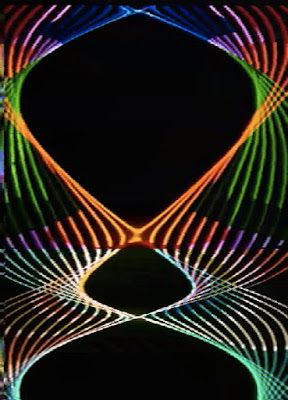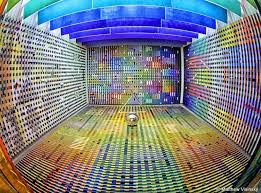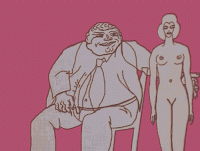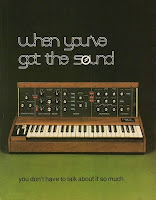Oddball Films presents Strange Sinema 102, a monthly evening of newly discovered, old finds and rarities from the stacks of the archive. Drawing on his collection of over 50,000 16mm film prints, Oddball Films director Stephen Parr has compiled his 102nd program of classic, strange, offbeat and unusual films. This installment, Strange Sinema 102: Experiments in Electronic Arts is a heady, techno-cultural look at the art, sound and early electronic art forms that jump-started the 60s and transformed the way we create and experience art and technology. Films feature documentaries that survey tech art and music innovators as well as experimental and avant garde shorts showcasing early analog and computer assisted animation and graphics. Art For Tomorrow (1969) is an eye-popping exploration of experimental tech-oriented art incorporating early IBM computers, cybernetics, heart beat triggers, invisible art by magnetism featuring famed artists such as Yaacov Agam, Wen-Ying Tsai, John Mott-Smith, Jean Tinguely and Victor Vasarely’s early experiments with IBM computers. Get in a moogy kind of mood with Discovering Electronic Music (1983) an introduction to the synthesizers and computers used to create electronic music, including the legendary Fairlight CMI, one of the first sampling synthesizers used in music production. Bell Laboratories brings us Incredible Machine (1968) which previews the latest developments in computer-assisted imagery, electronic music, and voice processing. Catalog (1961) features computer graphics pioneer and cinema innovator John Whitney’s kaleidoscopic demo reel made with equipment salvaged from WWII. Ken Rudolph takes us through the history of Art in eight pulsing minutes in Gallery (1969) with electronic music sound score by Clockwork Orange composer Wendy Carlos. We follow that up with the astonishing Peter Foldes' Hunger (1974), one of the first computer-generated animated shorts and a metamorphic nightmare of greed, gluttony and lust. Languid rhythms of fades, dissolves and superimpositions permeate 7362 (1967) a masterful avant-garde film by the auteur of the optical printer (and sometime Star Wars special effects wiz) Pat O’Neill. Experiments in Motion Graphics (1968) once again features early computer motion graphics by John Whitney and a discussion of the computers prospect as an art making tool. Plus! The Critic (1963), an animated Oscar winner from the great Ernie Pintoff with comedy legend Mel Brooks relentlessly ragging on the experimental animation he's shown to hilarious effect.
Web: http://oddballfilms.blogspot.com
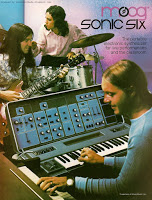
At an extremely rapid pace, images dissolve, move, morph and/or reappear into things or objects that become more and more exaggerated and absurd in this witty and disturbing cartoon by Hungarian director Peter Foldes. One of the first computer-generated films, this Jury Prize winner at the Cannes Film Festival and Academy Award Nominee is a satire focusing on the self-indulgence that plagues our ‘hungry’ world, and depicts a man as he continues to eat, and eat, and eat!

Our screenings are almost exclusively drawn from our collection of over 50,000 16mm prints of animation, commercials, educational films, feature films, movie trailers, medical, industrial military, news out-takes and every genre in between. We’re actively working to present rarely screened genres of cinema as well as avant-garde and ethno-cultural documentaries, which expand the boundaries of cinema. Oddball Films is the largest film archive in Northern California and one of the most unusual private collections in the US. We invite you to join us in our weekly offerings of offbeat cinema.



